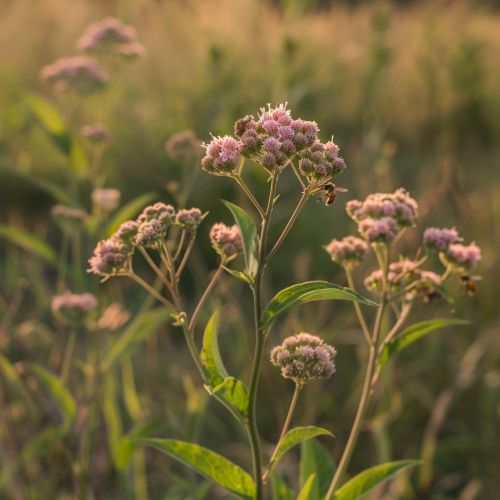Phenological mismatch
Introduction
Phenological mismatch is a biological phenomenon that occurs when the timing of life-cycle events of interdependent species becomes uncoordinated or out of sync. This mismatch can have significant impacts on ecosystems, affecting species survival, population dynamics, and community interactions. The phenomenon is closely linked to climate change, as shifts in temperature and precipitation patterns can disrupt the timing of biological events such as flowering, breeding, and migration read more.
Understanding Phenology
Phenology, the study of periodic plant and animal life cycle events and how these are influenced by seasonal and interannual variations in climate, is a crucial aspect of understanding phenological mismatch. Phenological events are often synchronized with environmental cues, such as temperature and day length. For example, many bird species time their migration and breeding to coincide with the availability of food resources, which in turn are influenced by seasonal changes learn more.
Causes of Phenological Mismatch
The primary cause of phenological mismatch is changes in environmental conditions, particularly those related to climate change. As global temperatures rise, the timing of various biological events is shifting. However, not all species are responding to these changes in the same way or at the same rate, leading to mismatches. For example, if a plant species responds to warming temperatures by flowering earlier, but the pollinator species that relies on it does not shift its activity, a mismatch can occur.


Impacts of Phenological Mismatch
Phenological mismatches can have significant impacts on both individual species and entire ecosystems. For individual species, a mismatch can lead to reduced survival or reproductive success. For example, if a migratory bird species arrives at its breeding grounds after the peak abundance of its primary food source, it may struggle to find enough food to sustain itself and its offspring. On a larger scale, these mismatches can disrupt food webs and other ecological interactions, potentially leading to shifts in community composition and even ecosystem function.
Case Studies
Several case studies have documented the impacts of phenological mismatch. One of the most well-known involves the Arctic tern, a bird species that migrates from the Arctic to the Antarctic each year. Changes in sea ice and ocean temperatures have led to shifts in the timing and location of the plankton blooms that the terns' prey species rely on, resulting in a mismatch between the terns' arrival and the availability of their food source.
Another case study involves the Pied Flycatcher, a bird species in Europe. These birds migrate from Africa to Europe to breed, timing their arrival to coincide with the peak abundance of caterpillars, their primary food source. However, due to warming temperatures, the caterpillars are peaking earlier, leading to a mismatch between the birds' arrival and the availability of their food.
Mitigating Phenological Mismatch
There are several potential strategies for mitigating the impacts of phenological mismatch. One approach is to focus on reducing greenhouse gas emissions to slow the rate of climate change and thus the rate of phenological shifts. Another approach is to manage habitats in a way that makes them more resilient to change, such as by maintaining a diversity of species and age classes, which can provide a buffer against mismatches. Additionally, research and monitoring are crucial for understanding when and where mismatches are occurring and what their impacts are.
Conclusion
Phenological mismatch is a complex and increasingly common phenomenon that poses significant challenges for both conservation and management. As climate change continues to alter the timing of biological events, it is likely that mismatches will become more frequent and severe. However, through research, mitigation, and adaptation, it may be possible to reduce their impacts and help ecosystems and the species they support to persist in a changing world.
